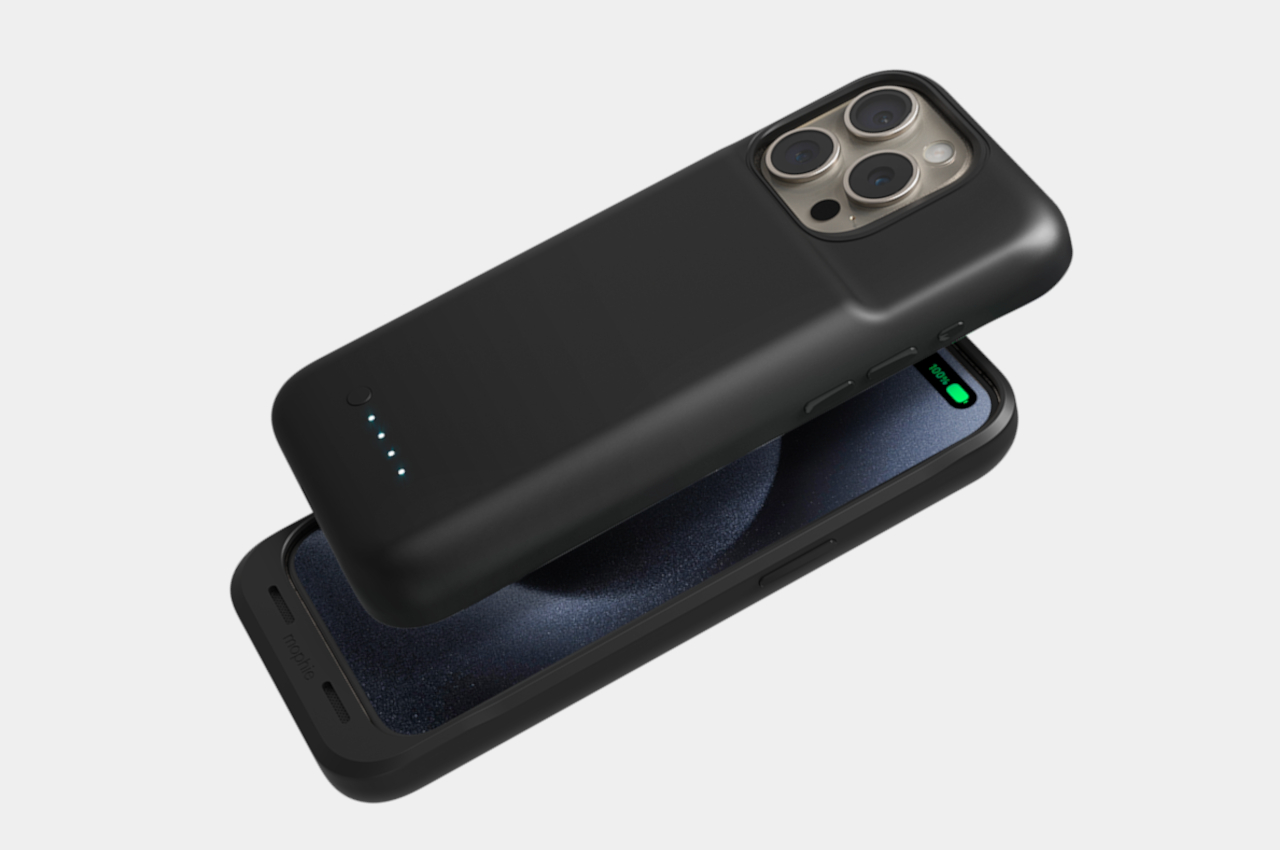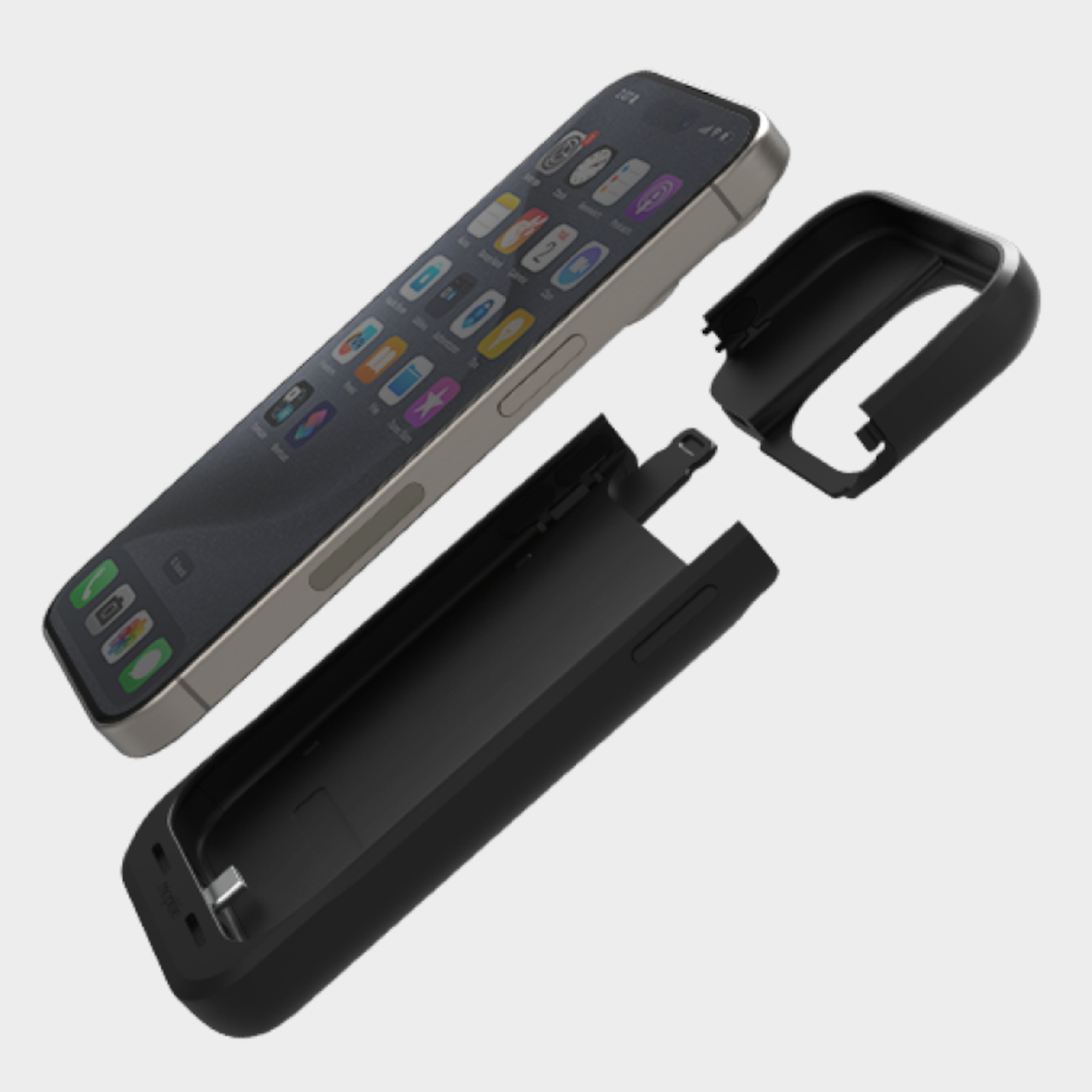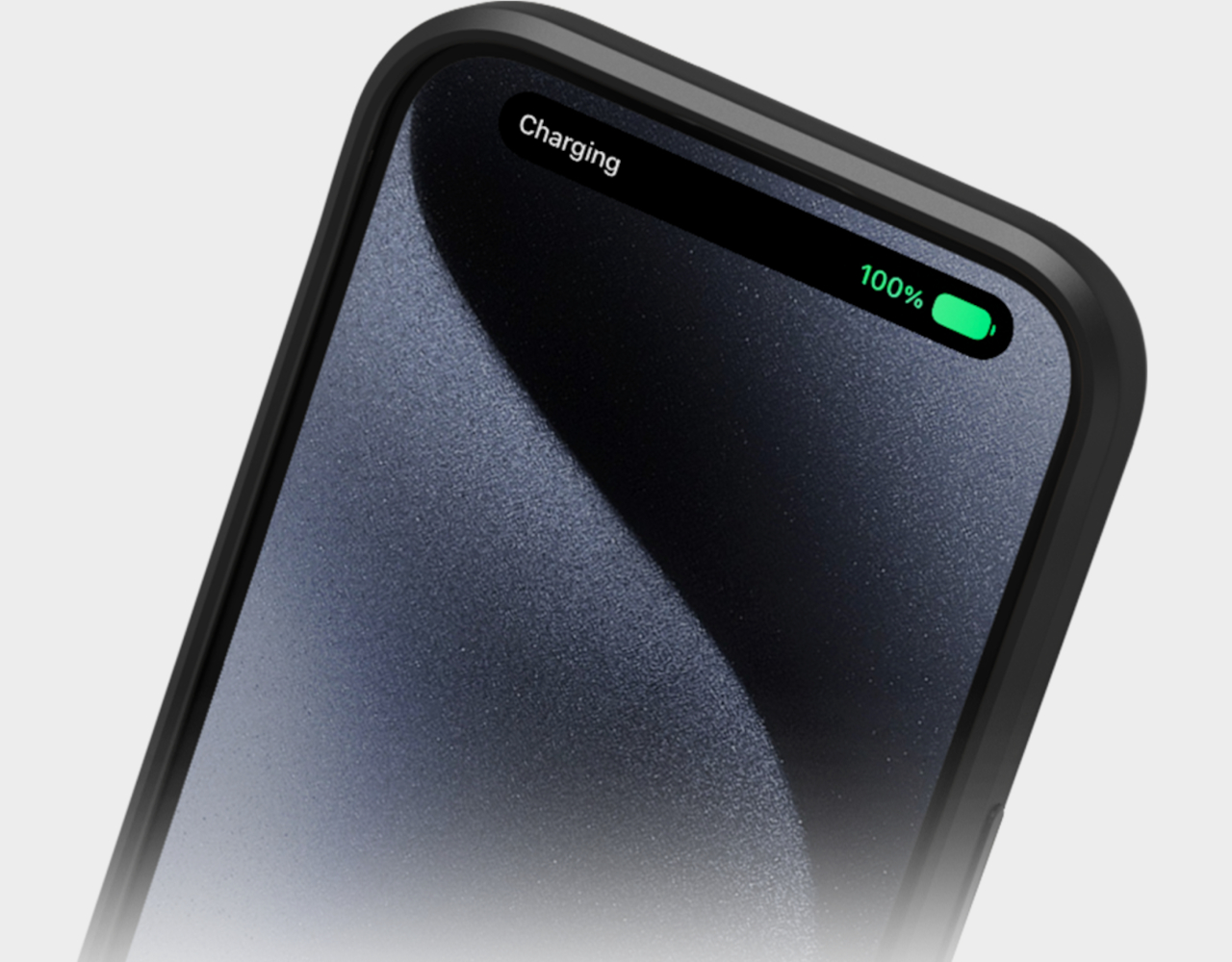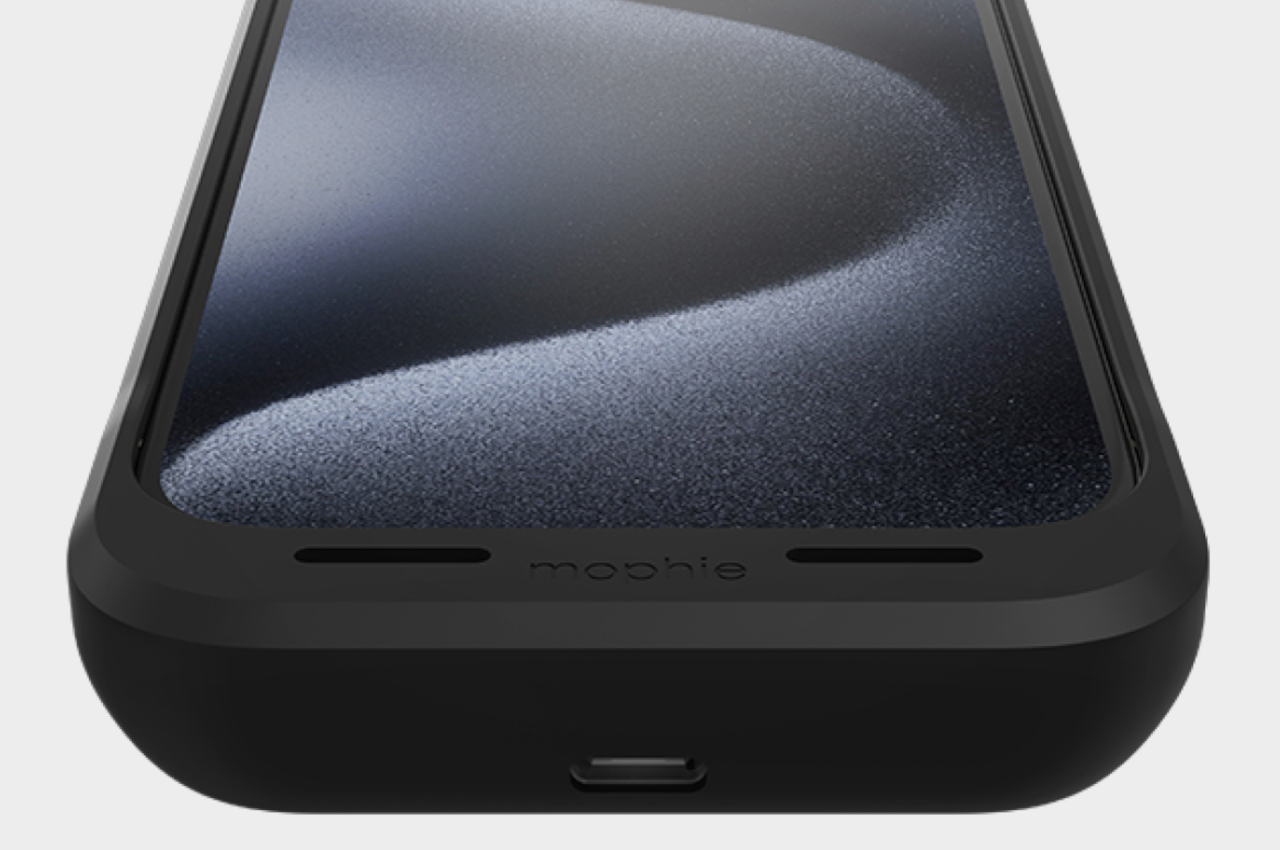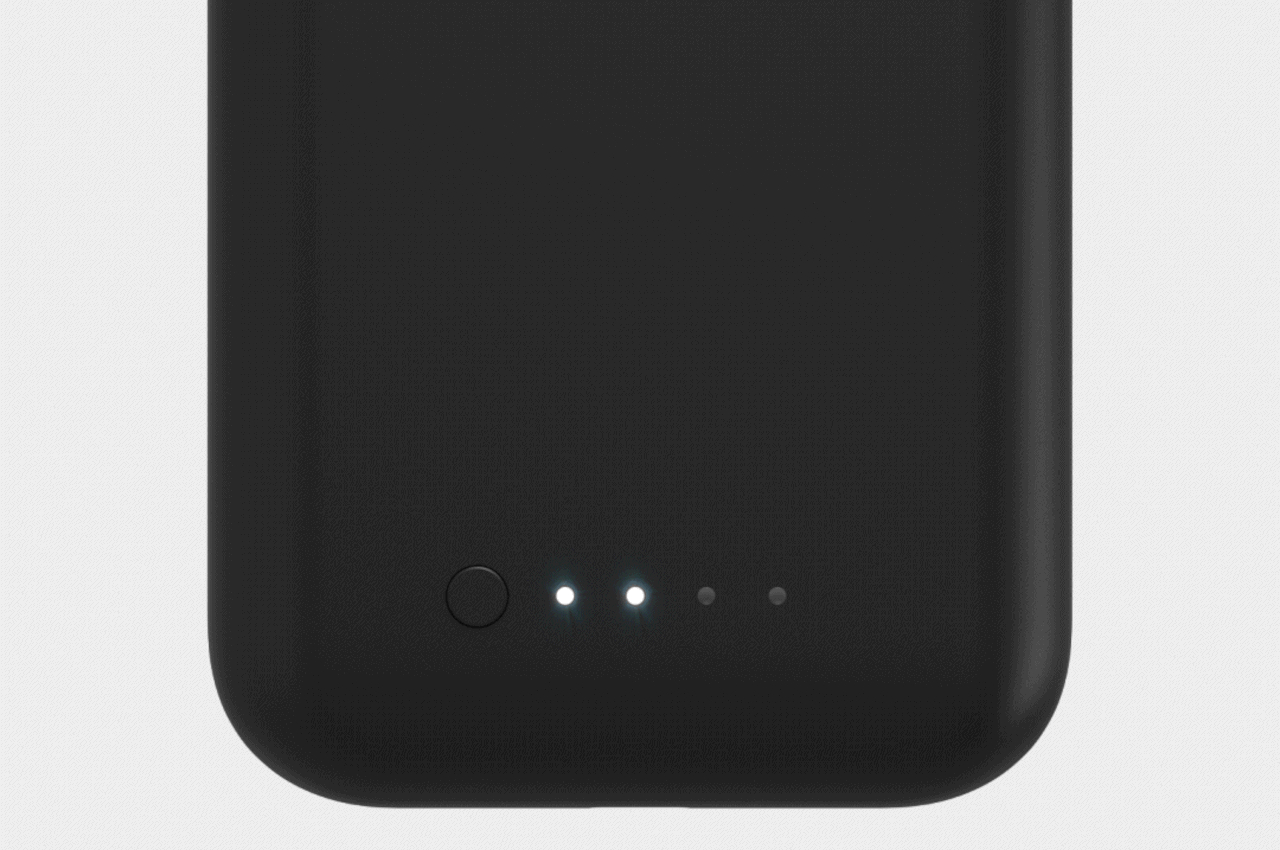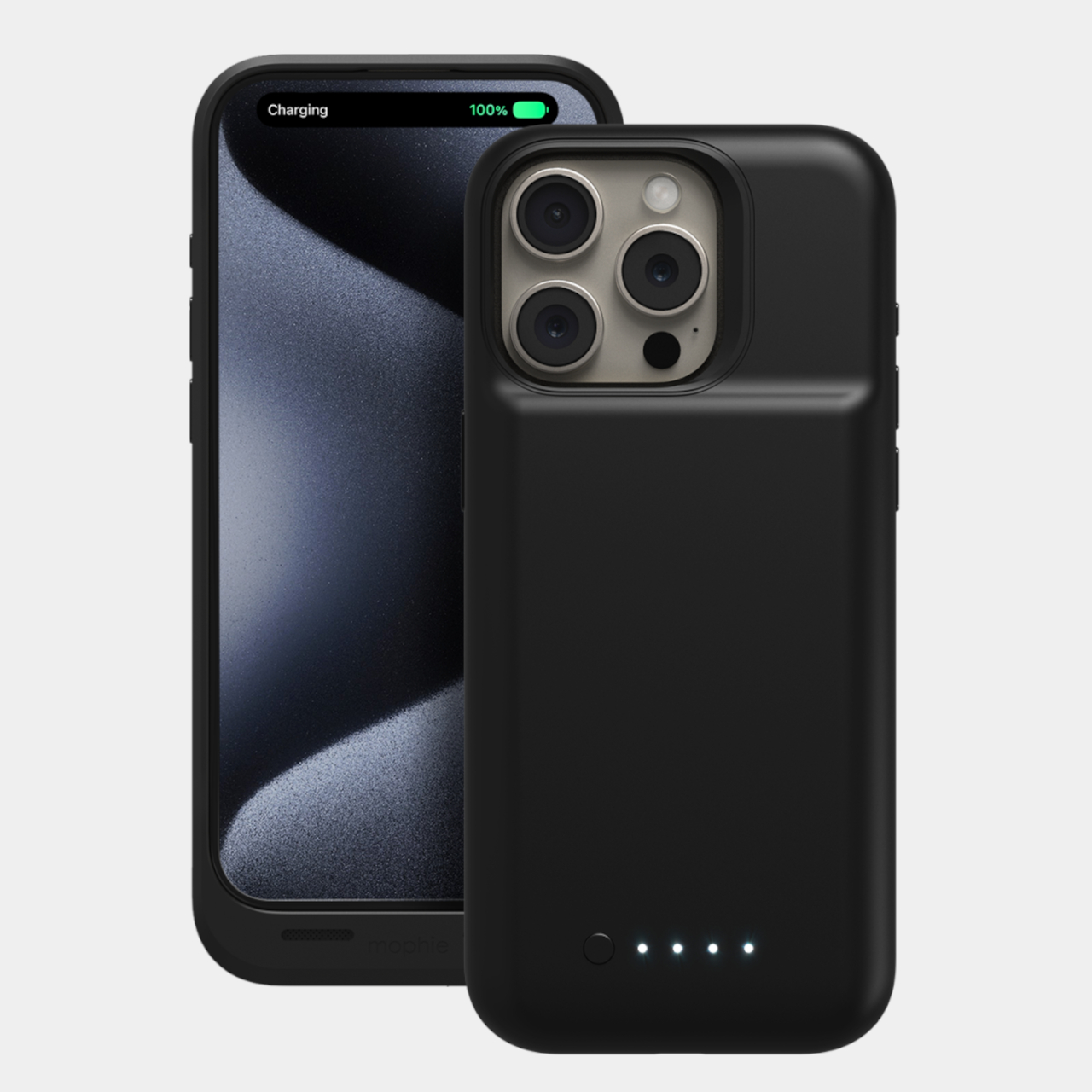You could buy two Vision Pros at that price and still have change to spare…
I’m not sure whether to call this prohibitive pricing or to just keep scrolling without reacting viscerally, but the folks at Caviar, in their infinite wisdom, have created a version of the iPhone 15 Pro that’s so ludicrously expensive it actually makes the $3500 Vision Pro look affordable. The ‘Vision’ is Caviar’s latest customized iPhone model, designed to pay homage to the Vision Pro. Its rear comes embellished with Vision Pro-inspired details, featuring a close-up of the nose-ridge, along with speaker and camera details along the edge, and a diamond-knurled surface on the top. The entire iPhone’s backplate is machined from Titanium (unlike the regular iPhone which has a glass back), and detailed with jewelry-grade enamel. The collection is limited to just 99 units, and Caviar says it’s perfect for people who want an iPhone that complements their Vision Pro. That’s if you’ve got any money left over from purchasing the spatial computing headset in the first place…
Designer: Caviar
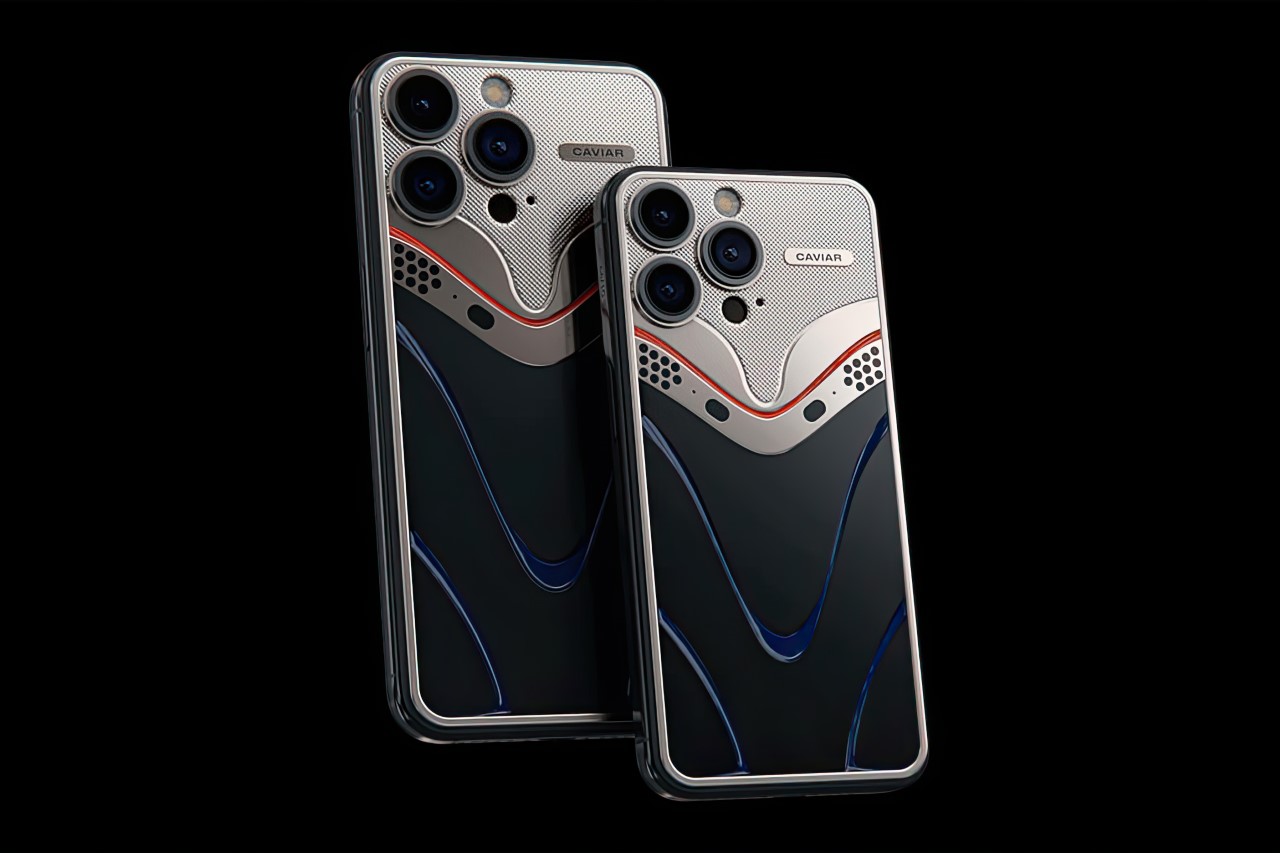
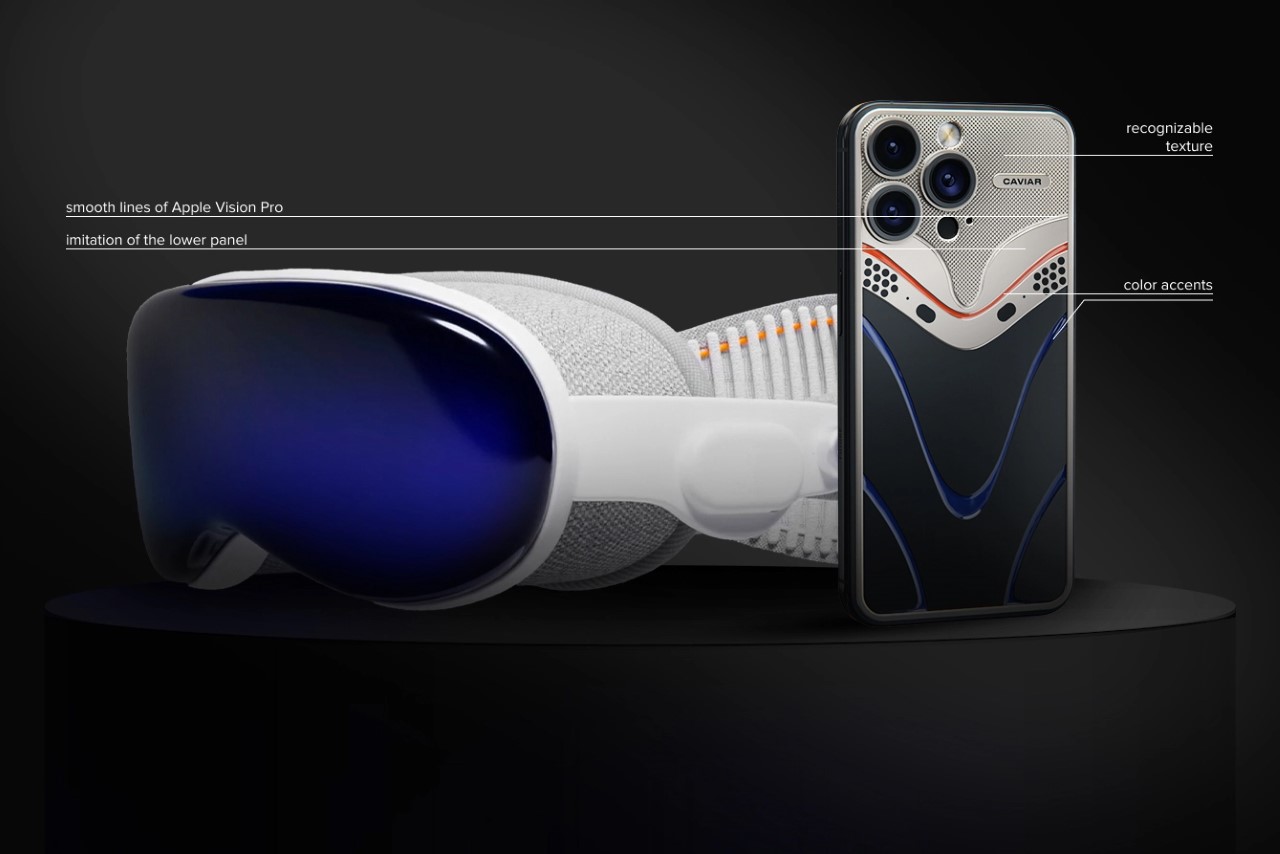
The Vision’s overall appeal lies entirely in the design of its backplate. Under the hood, it’s still your standard 128Gb iPhone 15 Pro with all the features intact. Caviar just takes liberties with redesigning the exterior surface, sometimes embellishing it with rare materials like gold, diamonds, and other jewel-worthy accouterments. With the Vision, while you don’t get any gemstones per-se, you do get an edgy, futuristic-looking backplate that complements your spatial headset. The drawback, however, is the fact that it costs 80 Benjamins (and some more) and you can’t wirelessly charge the Vision because of the metal back.
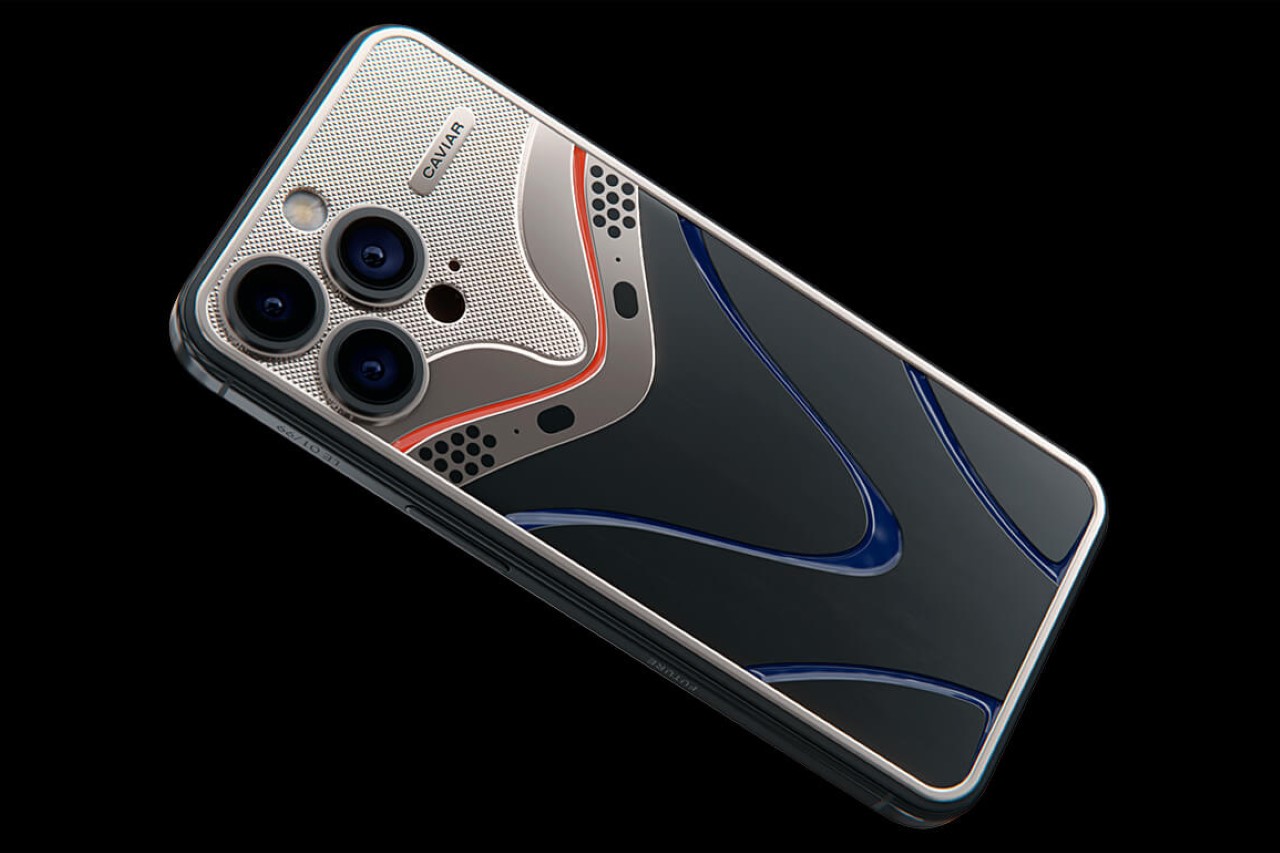
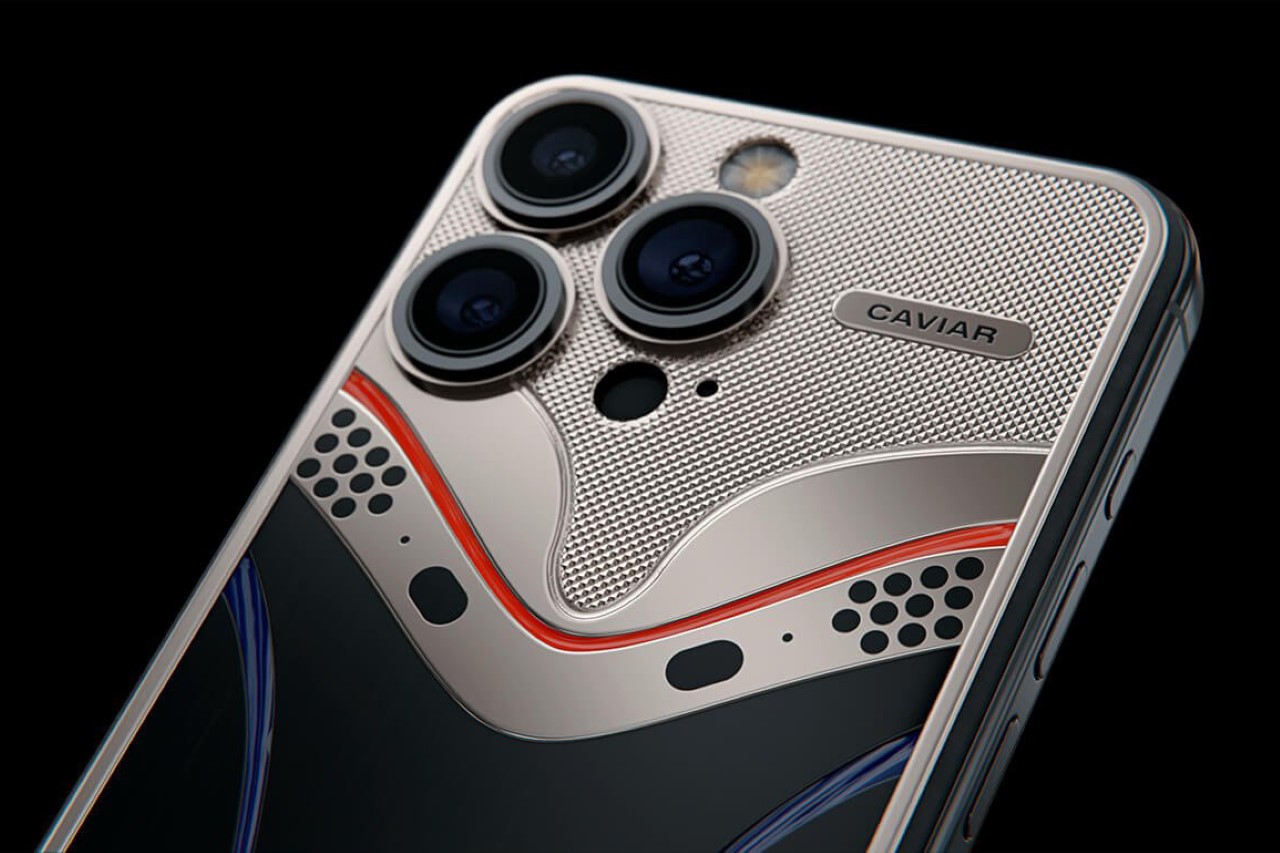
At this point, discussing the Vision any further becomes a moot point just because of that price tag. Strangely enough, the Vision is still cheaper than some of Caviar’s other custom iPhone models… but ultimately you’re paying for a luxury statement-piece more than anything. People who splurge on Caviar phones are pretty much the creme-de-la-creme of society, with yachts and private jets to their name.
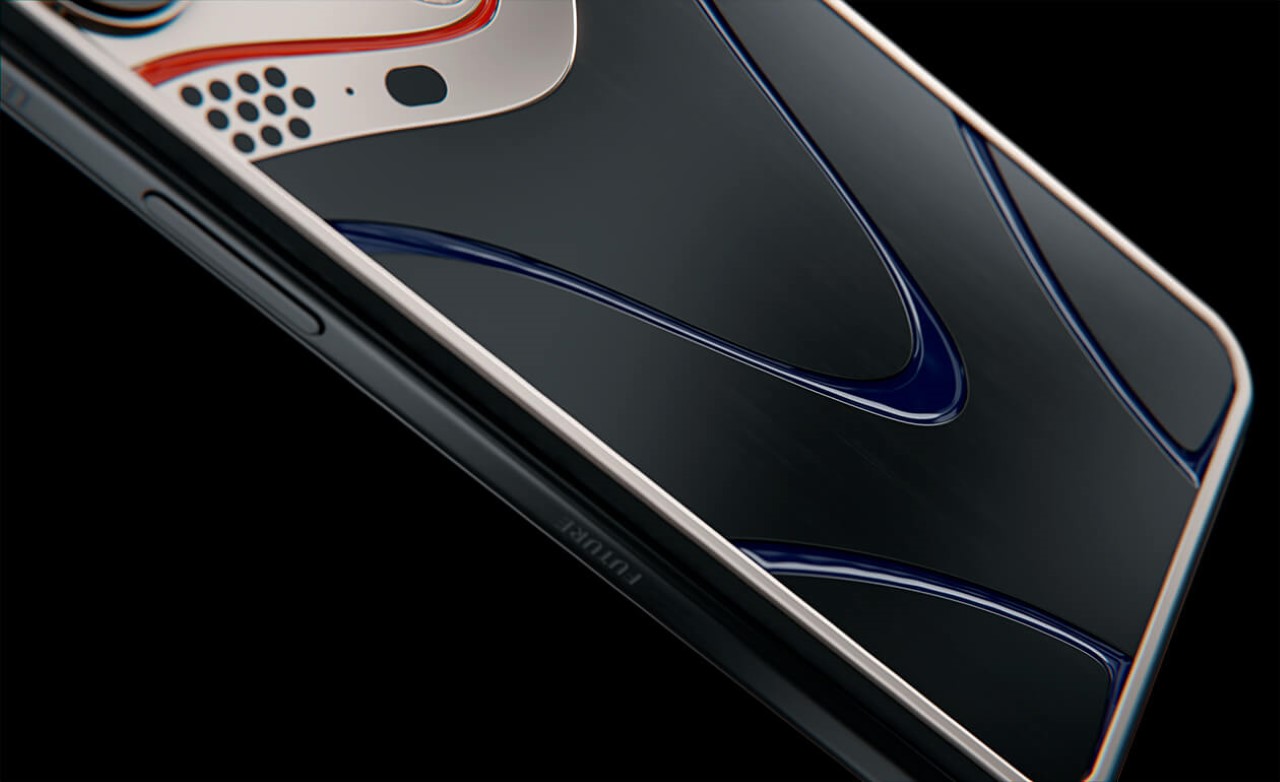
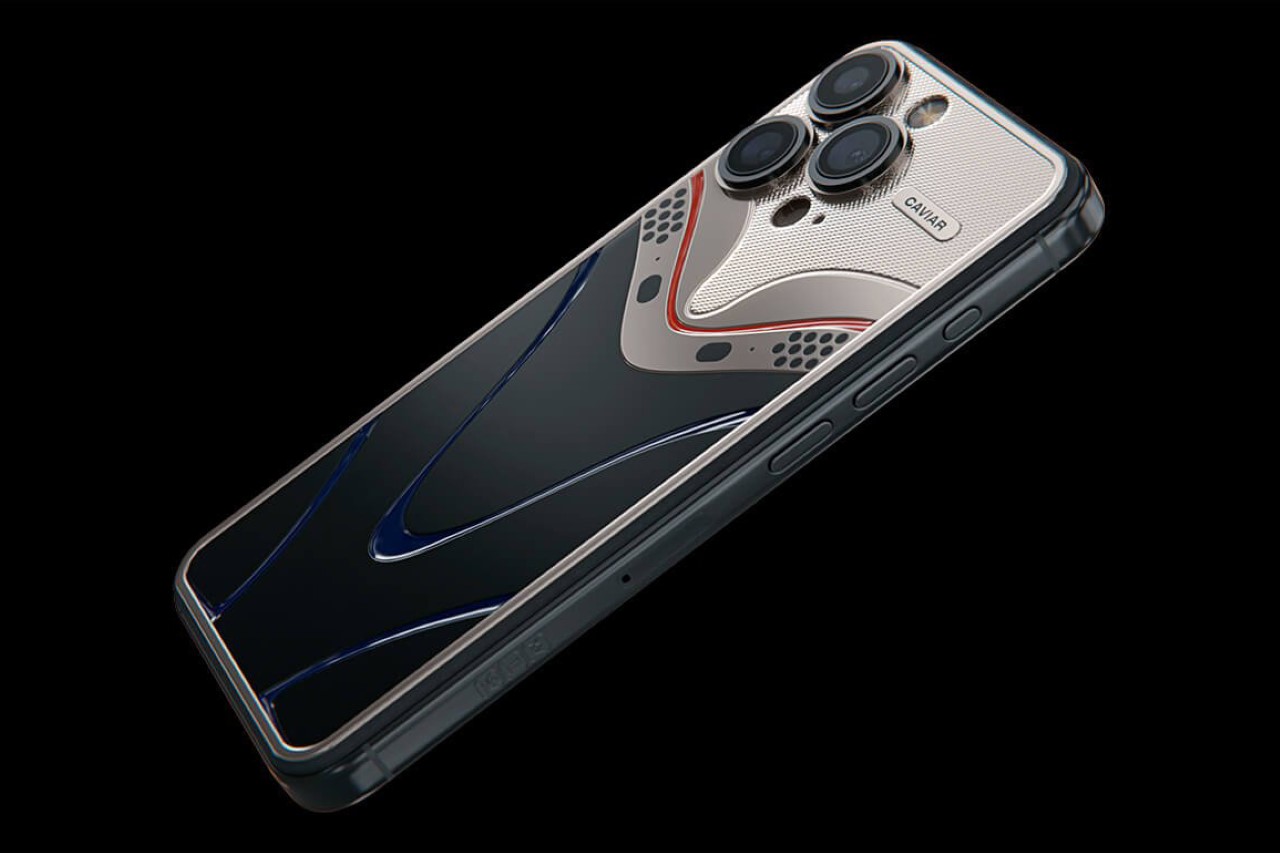
The Caviar iPhone Vision starts at $8060 for the 128Gb model. If you want to upgrade to models with higher storage, the price goes up significantly (why, I don’t know since it isn’t like Caviar’s got anything to do with the storage). The 1TB iPhone Vision has an eye-watering price tag of $9060. Just for context, with that much money, you could buy high-end versions of every Apple product and probably still have enough money to spare for a top-tier iCloud+ and Apple Care subscription.
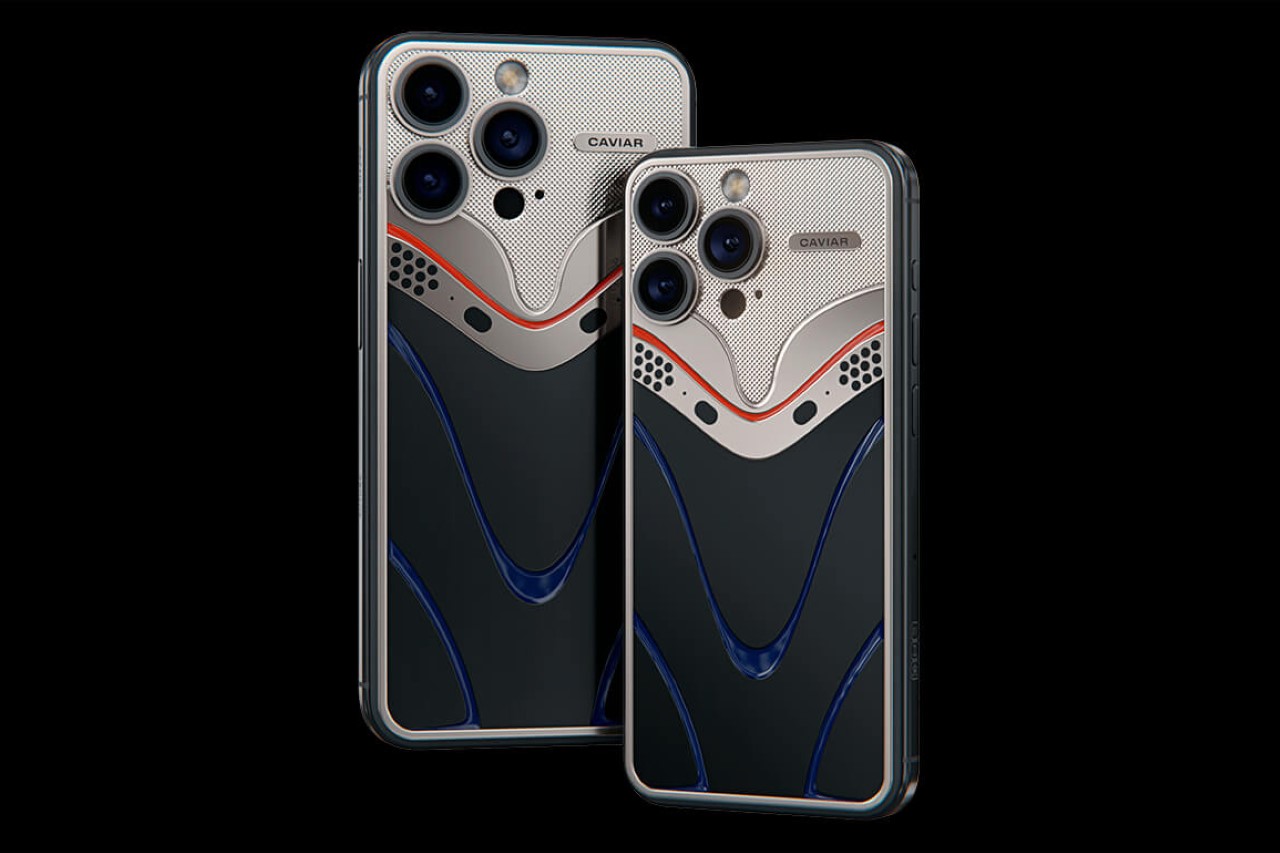
The post Caviar’s Custom iPhone 15 Pro Has A Vision Pro-inspired Design And A Ridiculous $8060 Price Tag first appeared on Yanko Design.
